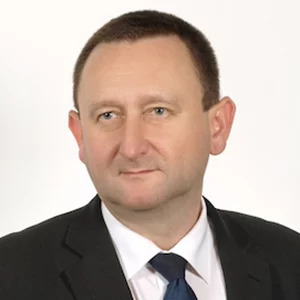Possibilities of using the observation method and digital twins during the operation of critical infrastructure and the implementation of trenchless techniques
The paper will present the possibilities of using the observation method and digital twins during the implementation of trenchless techniques and the operation of underground critical infrastructure. The assumptions of the idea of digital twins and an evaluation of the possibilities of their use over the last several years will be discussed. The principles of the observation method for the realisation of linear structures will be presented and the evaluation from CAD (2D drawings) to the Digital Twin. A method will be discussed which can be used to integrate the geometry of the facility, the condition assessments and the monitoring results of the underground infrastructure and its surroundings in order to ensure the safety of the installation and to determine the optimum time to start repairs or upgrades. This is particularly important in urban areas with time-varying loads and changes in soil and water conditions, as well as in areas of mining damage.
Professor at the Warsaw University of Technology, specialist in hydraulic engineering, civil and environmental engineering. He was Head of the Department of Hydraulic and Civil Engineering from 2014 to 2020 and Director of the Centre for Geo and Hydrotechnical Analysis of the Institute of Applied Research, Warsaw University of Technology (IBS PW) from 2016 to 2023. From 2023 to 2024, he was a member of the Programme Council of IBS PW, and in the term 2020 – 2024, he served as Dean of the Faculty of Building Installations, Hydraulics and Environmental Engineering at Warsaw University of Technology.
He deals with the application of advanced numerical simulations in geotechnics, hydrotechnics and environmental engineering, assessment of the technical condition of buildings (including underground infrastructure), using modern measurement methods, e.g. laser scanning, thermo-monitoring, fibre optic measurements, etc. He is a specialist in the field of numerical modelling of the issues of water filtration in the ground medium, safety analyses of construction objects and the impact of deep foundations on neighbouring objects and ground water in an urbanised environment, together with establishing limit values for the conducted monitoring (both at the stage of construction and operation of the object). He is a precursor of taking into account changes in groundwater relations and phenomena in the ground caused by filtering water (filtering deformations: erosion, suffosion, colluviation) in calculations and numerical analyses concerning safety of buildings. Co-author of ‘acceptance guidelines’ for CIPP liners developed jointly by 5 research centres: Andrzej Kolonko; Florian Piechurski, Paweł Popielski, Bogdan Przybyła, Adam Wysokowski, Dariusz Zwierzchowski: GUIDELINES for acceptance testing of CIPP liners installed in pipelines of external networks and installations, Polish Association of Trenchless Technologies, Kraków 2022
